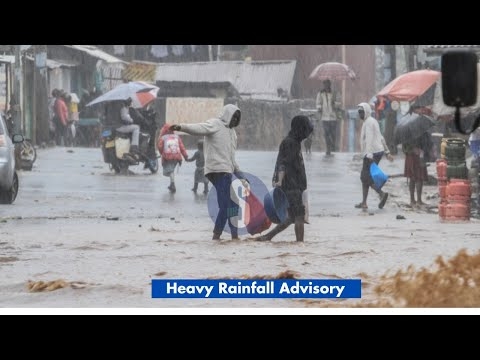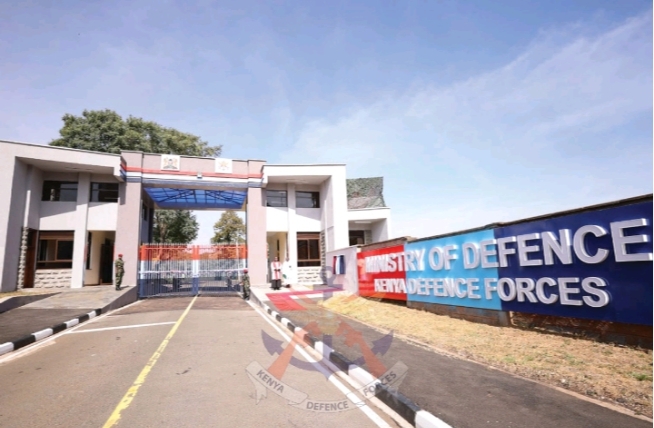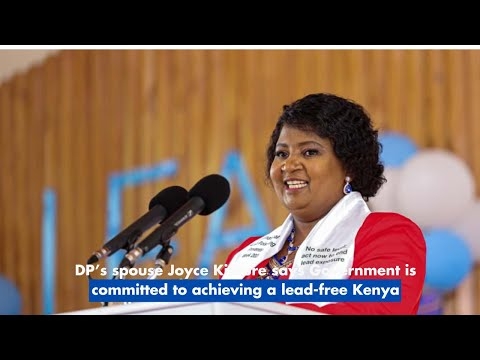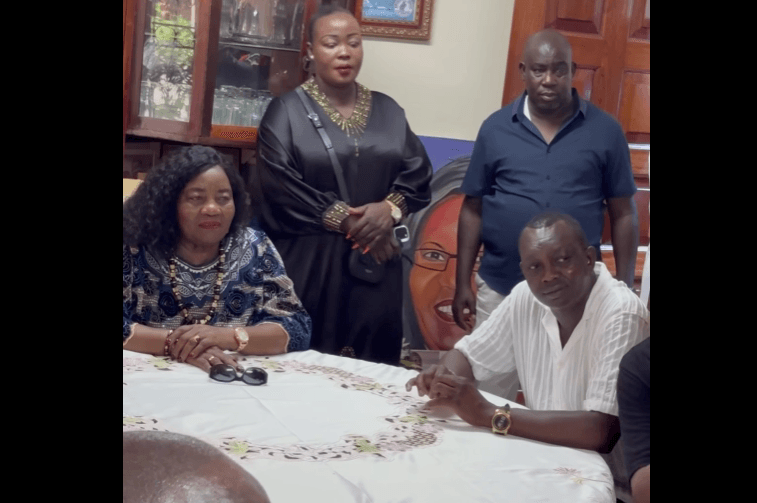The current and recurrent violent conflicts witnessed in the entire North Rift region has led to untold suffering. Historically, the conflicts are between Pokot-Turkana, Pokot-Marakwet, Pokot-Tugen, Turkana-Samburu, and between Turkana and the communities living in Sudan and Ethiopia.
Efforts to contain the conflicts have been put in place but has so far not fully curbed the death toll in the vast region.
Over time, boundaries have become deeply embedded in the structures and institutions of societies, in their practices and even in their ‘common sense’. Once institutionally sedimented and taken for granted, these boundaries all too often harden into exclusionary barriers legitimised by cultural beliefs, ideologies and representations, which is an enabler of civil strife.
In such ways, the marginalised and the excluded can become ontologically disenfranchised from humanity, misrecognised as ‘Other’, exploited and oppressed and, in extreme cases, vulnerable to systematic, lethal violence, social stratification. This enhances the affinity to violent incursions and conflicts among communities.
Among the main causative agents of the conflicts as stated by the peace actors are the presence of illegal arms in the hands of civilians, search for water and pasture from among the pastoralist communities as well the unresolved border disputes between the warring communities.
The catastrophe has had immense violations of human rights; several lives have been lost, children maimed and properties desecrated. The conflicts have been on the rise and may be highly attributed to the unresolved boundary issue between West Pokot county-Turkana county, West Pokot-Elgeyo Marakwet borders and Baringo county-Turkana county.
As it is now, the government have become non-committal to the boundary issue. This, in my postulation, may be the greatest contributor to the dwindling peace and ethnic clashes prevalent along the borders between the four counties.
Theoretically speaking, boundaries define the borders of nations and territories as well as the imaginations of minds and communities.
The Pokot community claim that its borders stretches to Lokichar and Kakoong as Turkana also claim that theirs stretches to Orwa and Kambi Karaya. On the other hand, Baringo county claims that their territory includes Kapedo and Lomelo, as Turkana county disputes the assertion by Baringo county.
Besides the various efforts of the local community-based organisations, government and other non-state actors, it will be foolhardy if we gravely delude ourselves to underestimate the power of the tragic tensions that exist in the social environments, between societies and persons and between industrialised nations and nations of the Third World.
Kenya, being a multi-ethnic country, has witnessed inter-ethnic conflicts, especially during the general elections carried out after every five years as witnessed in 1992, 1997, 2002 and the worst one being in 2007-08. Therefore, a careful analysis on the causes of the violence may not necessary be election-related, but has everything to do with the pre-existing negative ethnicity and disunity among communities(xenophobic tendencies) that originally stems from border disparities.
However, reports from the Commission of Inquiry into Post-Election Violence, popularly known as the Waki Commission, NGOs such as Minority Rights Group International and the Kenya National Human Rights Commission paint a different picture.
The groups indicate that unresolved border conflicts may not end any time soon, unless the government initiates ways determining the truthful border lines between and among the warring communities in the great North Rift region.
The author is a communication practitioner and social commentator






![[PHOTOS] Council of Governors visits Raila's grave](/_next/image?url=https%3A%2F%2Fcdn.radioafrica.digital%2Fimage%2F2025%2F10%2F59c8111a-6f0d-4719-8587-7e965c4bdd34.jpg&w=3840&q=100)





